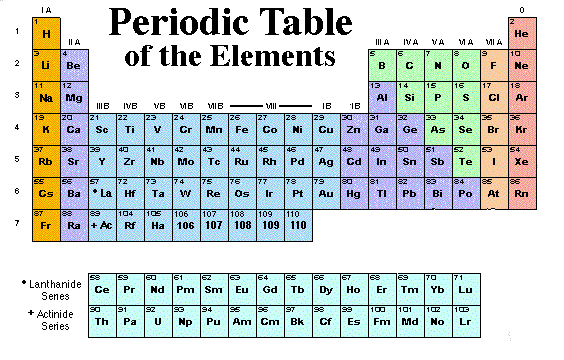Every chemist’s dream – to snap an atomic-scale picture of a chemical
before and after it reacts – has now come true, thanks to a new
technique developed by chemists and physicists at the University of
California, Berkeley.
Using a state-of-the-art atomic force microscope, the scientists have
taken the first atom-by-atom pictures, including images of the chemical
bonds between atoms, clearly depicting how a molecule’s structure
changed during a reaction. Until now, scientists have only been able to
infer this type of information from spectroscopic analysis.
Credit: http://newscenter.berkeley.edu






















